David Adjaye: From Radical Innovator To The World’s Hottest Public Architect
When Ghanaian-British architect Sir David Adjaye began his career, he didn’t really know what he was getting into: “But I had a group of friends who trusted me, who allowed me to experiment and work and to express myself. I’m so happy the work of those early years caught the imagination of a generation.”
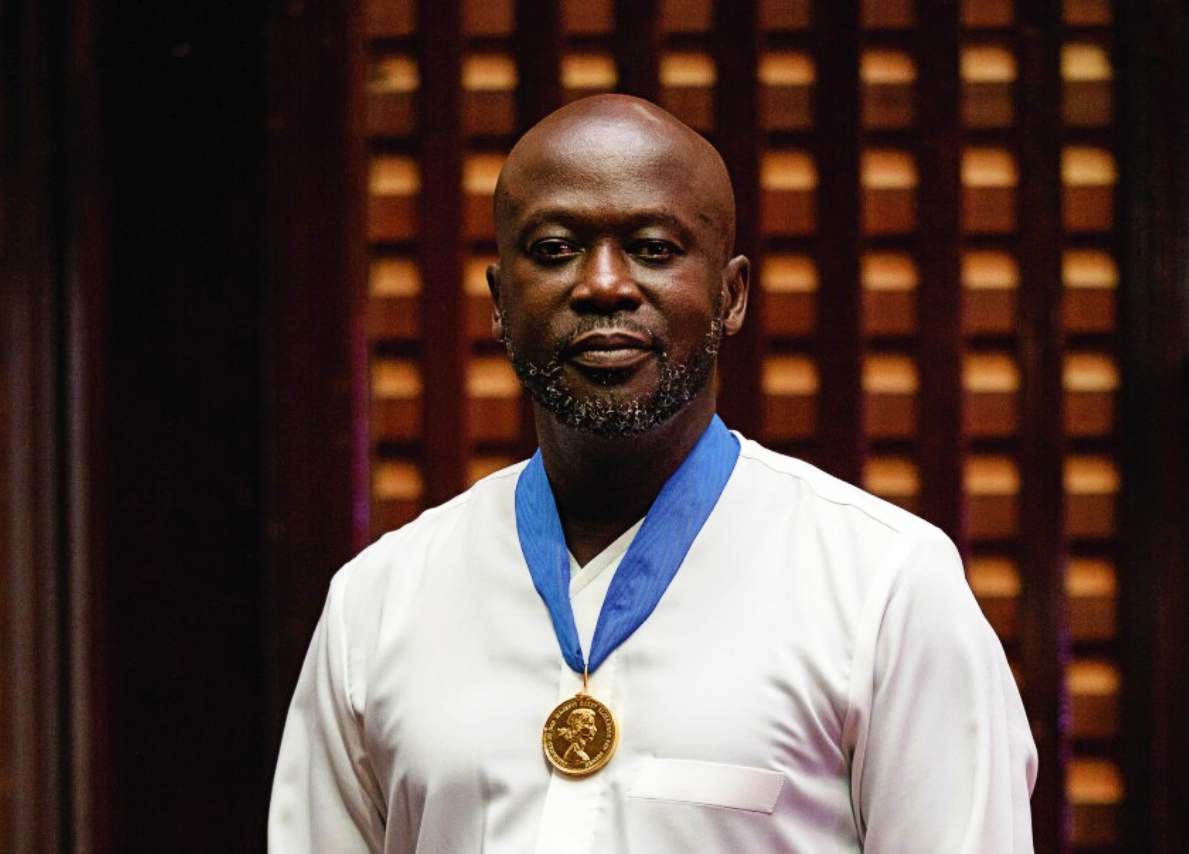
It is a modest understatement from a man who was knighted by Queen Elizabeth in 2017 and named one of TIME’s top 100 Most Influential People of the year. When the Royal Institute of British Architects presented Ghanaian-British architect Sir David Adjaye with the 2021 RIBA Gold Medal for a lifetime’s service to architecture, he was praised by no less than four presidents.
Ex-US President Barack Obama described Adjaye’s design for the Smithsonian National Museum of African American History and Culture in Washington, D.C. as 'genius, pure and simple'. Ghana’s President Nana Akufo-Addo said he was proud to know Adjaye as an architect and an artist who’d worked on the country’s national cathedral.
"The brand new social experience where you activate your gaming skills as you train like a spy."
- TimeOut
Take on thrilling, high-energy espionage challenges across different game zones.

South Africa’s former President Thabo Mbeki and Rwandan President Paul Kagame also spoke warmly about him, while U2 musician Bono commended the architect for helping to raise millions to help the charity RED fight AIDS. So, who is this superstar redefining public architecture?
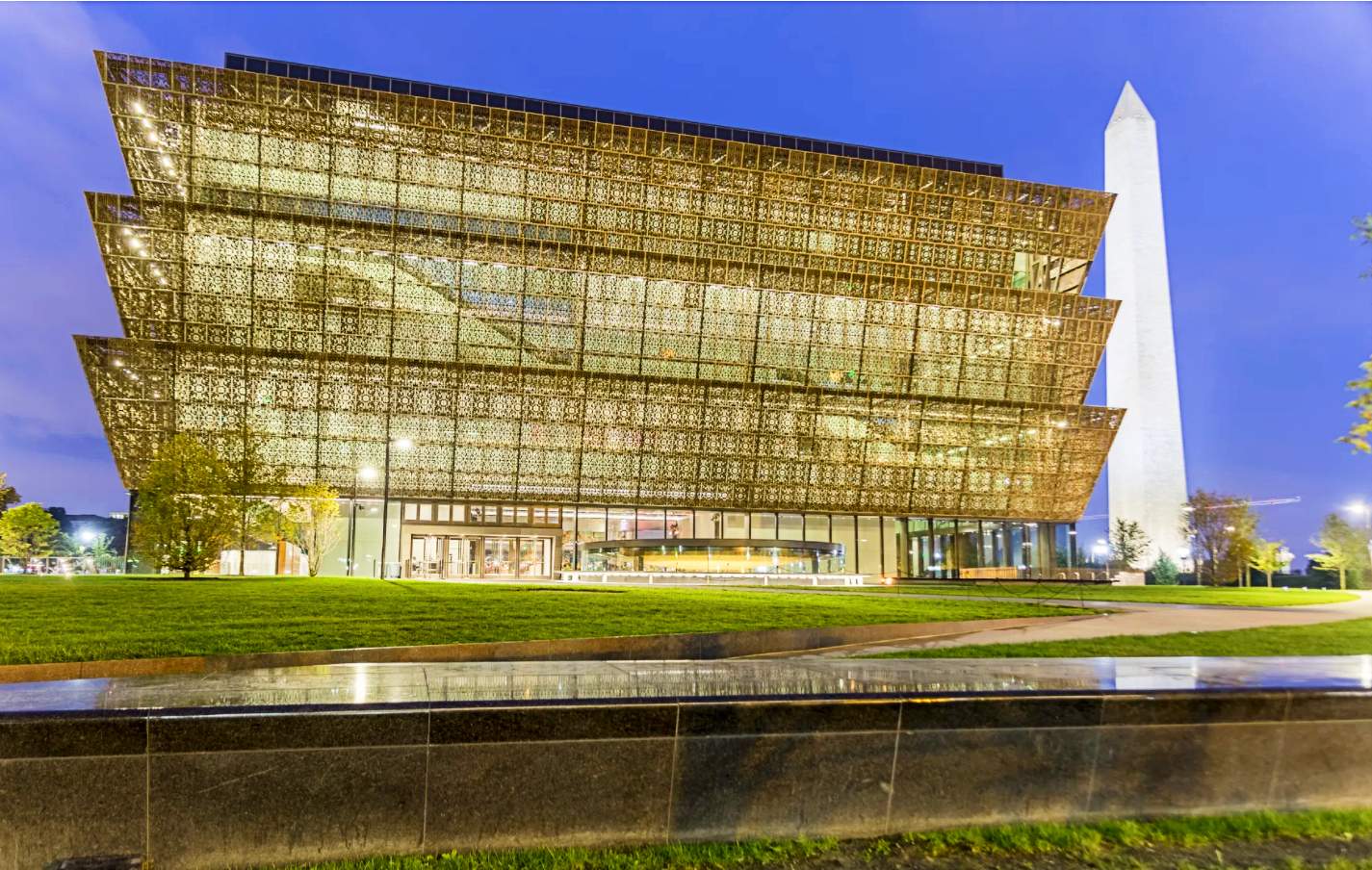
The life of a young superhero
Born in Dar es Salaam, Tanzania in 1966, David is the son of a Ghanaian diplomat - which resulted in him having a rather nomadic childhood. By the age of 13, his family had lived in Uganda, Kenya, Ghana, Egypt, Lebanon, and Saudi Arabia.
Barack Obama believes David’s upbringing gave him a unique view of the world: "Over the years, David has used that perspective to create spaces unlike any the world has ever seen.”
A family trauma resulted in David’s parents settling in London when he was 13, putting an end to his world adventure. His one-year-old brother, Emmanuel, contracted an infection that left him mentally and physically disabled. The family chose to make London their permanent home so he could get the best care.
It was a shock then, when David visited Emmanuel in a care center. He described it to The New York Times as: “This badly converted Victorian house completely hamstrung with inappropriate ramps going up and down. Crazy!"
That was the turning point. David began thinking about becoming an architect to address the problems he’d witnessed, even though by his own admission he wasn’t academically motivated. His parents were ‘hell-bent on education’, however.
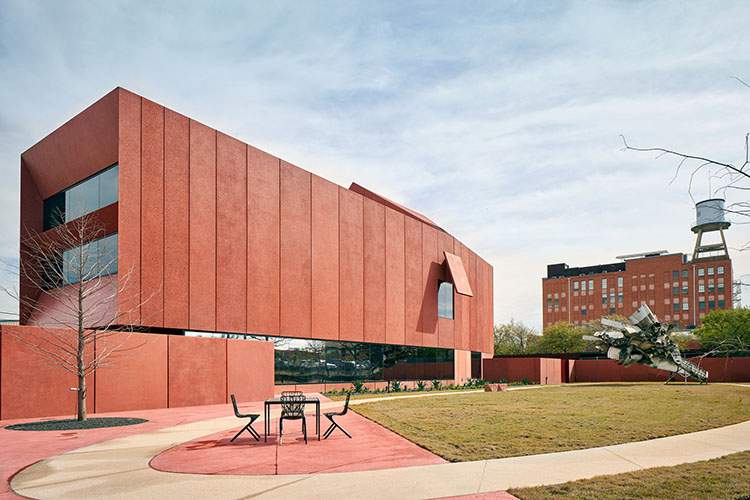
The rise of YBAs
David eventually studied architecture at the Royal College of Art in London where radical young British artists - YBAs, as they were known - were shaking up the art world. His contemporaries and friends included Chris Ofili and Jake and Dinos Chapman. Ofili famously used elephant dung in his gorgeous artworks, while the Chapmans were exploring war, politics, religion, and morality with subversive humor and energy.
By 2000, David had set up Adjaye Associates in Hoxton, east London, an uber-edgy, inner-London neighborhood filled with young artists and converted warehouses. He turned his focus to innovative public buildings, starting with the Whitechapel Idea Store, an award-winning public library and community hub in London.
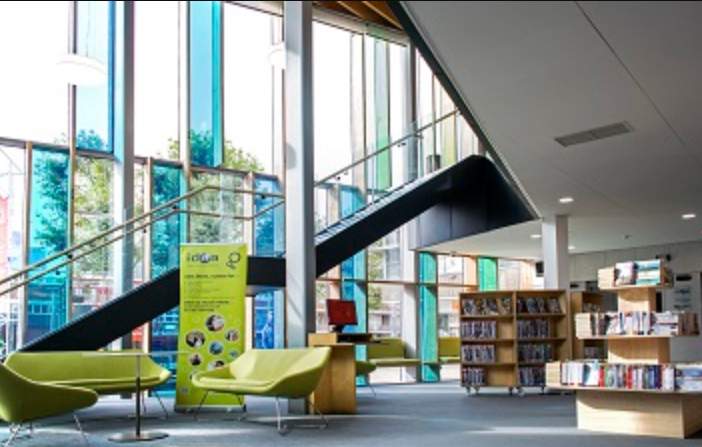
The rise and fall of true superhero David Adjaye
He shot to fame with the design of the ‘Elektra House’ - conceived as a large-scale light-box without conventional windows. Before long, David had a cult following, with leading artists and cultural figures wanting him to build their homes.
Thelma Golden, director of the Studio Museum in Harlem, describes his work as: “Deeply rooted in both the present moment and the complex context of history. [He] has envisioned new ways for culture to be represented and reflected in the built environment.”
Newspaper profiles referred to him, not as an architect but as a ‘Starchitect’.
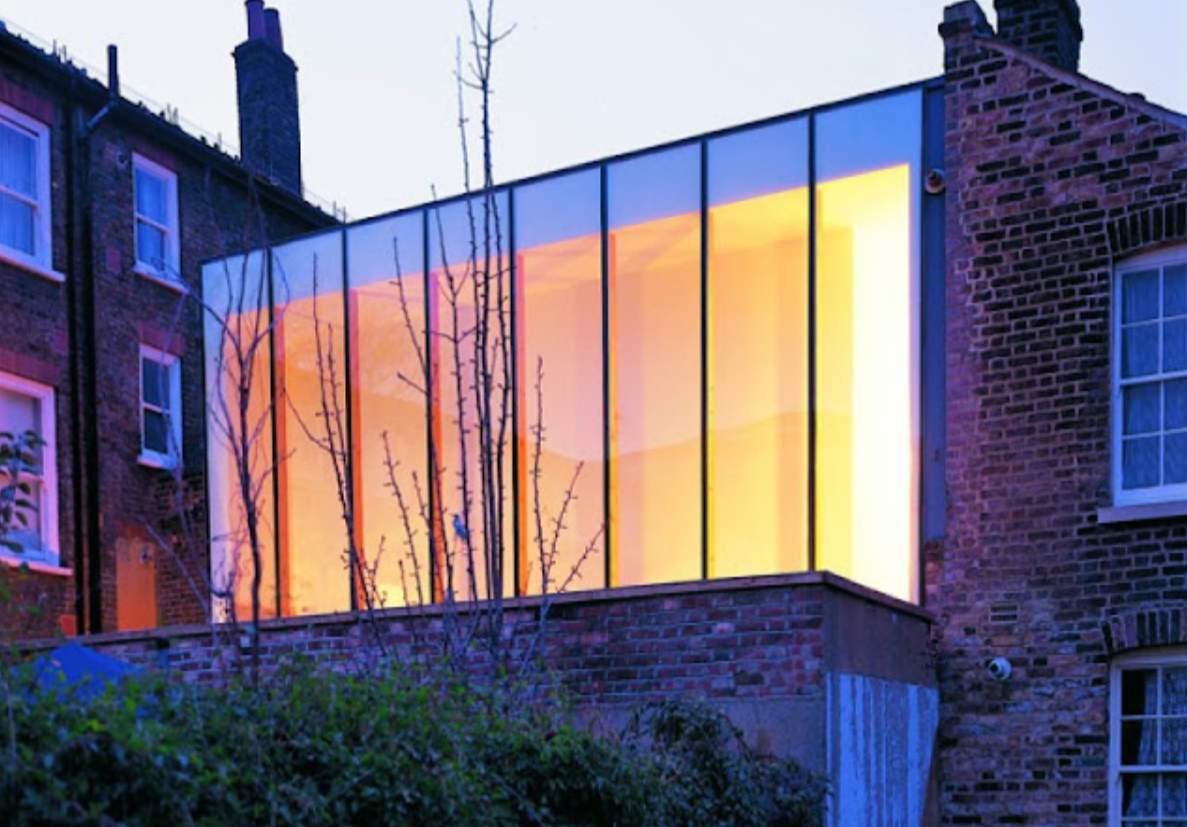
On the edge of bankruptcy
Adjaye Associates was riding high in 2008, employing about 30 people with six solid projects on the go. Then the financial crisis hit. Budgets dried up. Projects were pulled and the firm faced bankruptcy. The worst thing, David said later, was telling his father.
He sank his life savings into the business and narrowly avoided bankruptcy: “I wasn’t a business person. I lost all my savings, paying off everyone personally.”
Within a year, David bounced back. Together with Philip Freelon, David won an international competition to design and deliver the National Museum of African American History and Culture. “Just when people thought that I was done with, the Smithsonian revived me and introduced me to America. It felt supernatural,” David said.
When the museum opened in 2016, The New York Times described it as ‘the cultural event of the year’. David was firmly back on track.
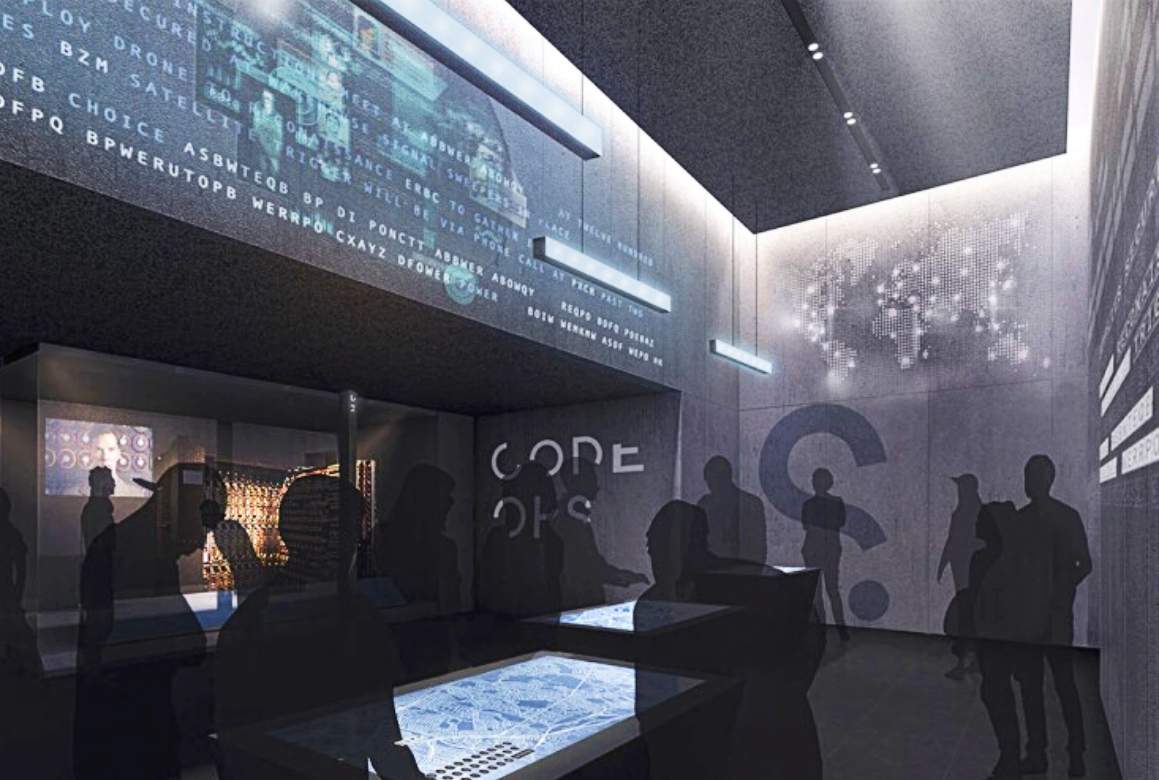
SPYSCAPE HQ
David also designed SPYSCAPE’s 60,000 square foot HQ in Manhattan. With a palette that includes dark fiber cement, gray acoustic paneling, smoked glass doors, varied lighting strategies, transparencies between floors, and screens and perforations, the design creates spaces that continually shift vantage points, playing with visitors perceptions. Partially concealed interstitial circulation spaces open up into immersive, fully interactive multimedia environments.
Mentoring, charity, and Africa
David has no shortage of projects, only a shortage of time. He has turned his focus to Africa and has set up his home and office in Accra, Ghana where he draws inspiration from his roots. Adjaye Associates is still also operating in London and New York.
Throughout his career, he’s been a proponent of charity and philanthropy. Adjaye curated an auction in Miami that raised more than $10m for charity. When a devastating explosion hit Beirut in 2020, he was one of a group of architects to sell his drawings in a fundraiser.
In 2018, he was asked to take part in a philanthropic mentoring program that pairs emerging talent with ‘artistic masters’. His protégé is Mariam Kamara, an architect living in Niger. She is working with Adjaye on an arts and culture center in the country’s capital, Niamey, which is to be built by local craftsmen.
The project typifies Adjaye’s belief that good public architecture improves lives.
“Good models shift the wind,” he told The Times. “One good building in a place where bad buildings are being built changes the culture.”
SPYSCAPE+

Join now to get True Spies episodes early and ad-free every week, plus subscriber-only Debriefs and Q&As to bring you closer to your favorite spies and stories from the show. You’ll also get our exclusive series The Razumov Files and The Great James Bond Car Robbery!


Gadgets & Gifts
Explore a world of secrets together. Navigate through interactive exhibits and missions to discover your spy roles.
Your Spy Skills
We all have valuable spy skills - your mission is to discover yours. See if you have what it takes to be a secret agent, with our authentic spy skills evaluation* developed by a former Head of Training at British Intelligence. It's FREE so share & compare with friends now!
* Find more information about the scientific methods behind the evaluation here.


Stay Connected
Follow us for the latest
TIKTOK
INSTAGRAM
X
FACEBOOK
YOUTUBE